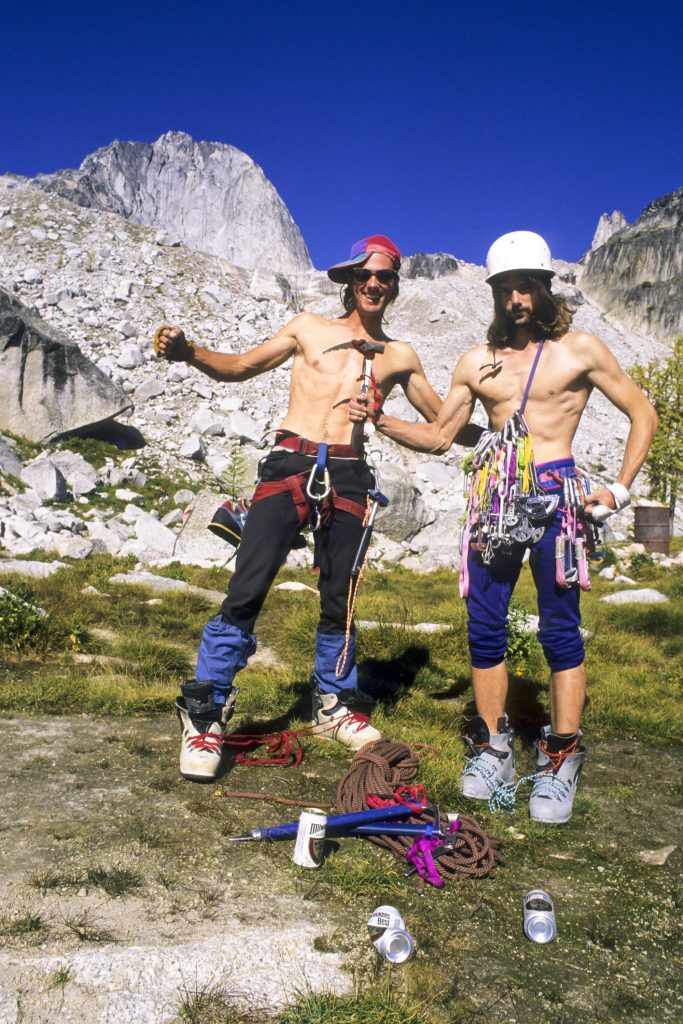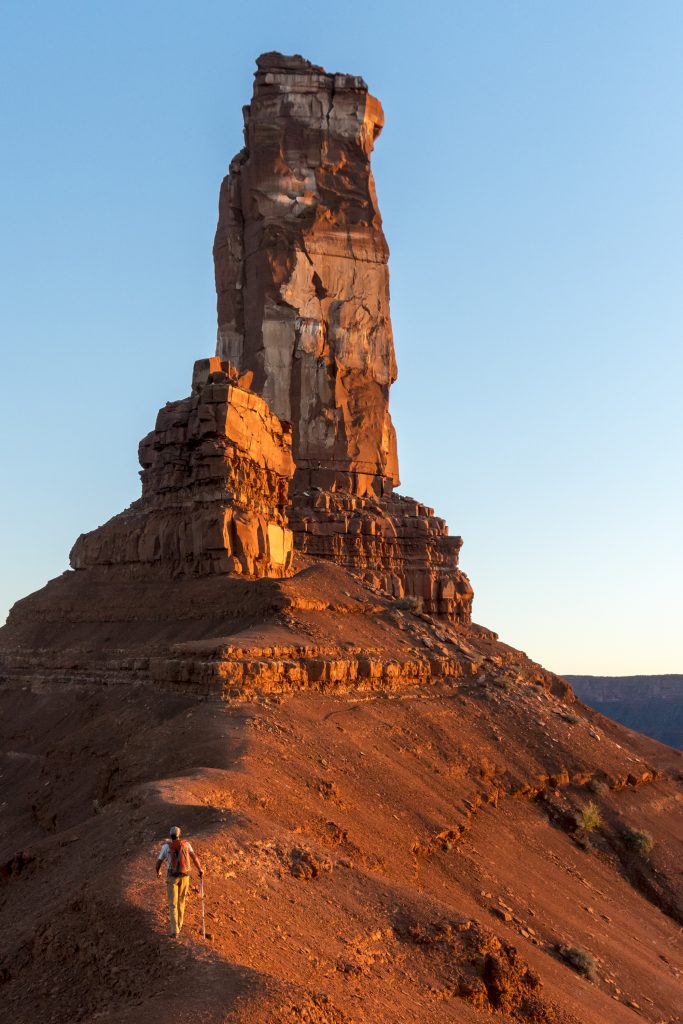George Nakashima, a mid-century modern furniture maker, consummate craftsman and my dad’s boss, recommended to my father that the best place to raise his young family was in the wilderness, at the headwaters of a clean flowing river. Following the advice, Celo Community, the oldest intentional community in America, became my home at five years of age. An intentional community is designed and planned around collective values and interests, often involving shared resources and responsibilities. Celo’s uniqueness resides in collective values often contrasting with capitalism.

Located on banks of the South Toe River in western NC, Celo is surrounded by pristine escarpments descending from the flanks of Mount Mitchell, highest peak east of the Dakotas. Members live simply, share gardens and govern by consensus decisions favoring land stewardship and preservation of lifestyle over monetary wealth.
My First Mentor
In 1983, after high school, I met Jay Wilson in Maine while building a house for his brother-in-law. Aside from being a top notch builder Jay was also a noted alpine rock climber, whatever that was. He had been to Patagonia, wherever that was. Breaking for lunch, he jumped up and ran over to grab a piece of plywood for a template idea he was suggesting. Who was this guy? Nobody ran on a job site. Jay manifest fitness and adventure craftmanship as both the entry tokens and reward for alpine wilderness pursuits. If climbing provided that much energy then I wanted some.

Celo’s peaceful natural environment shaped the heartbeat of my youth with Theroux, Elliott Porter and Aldo Leopold fitting academic mentors for observational enlightenment. At nineteen western wilderness, the likes of National Geographic and John Muir, felt more edgy like a vast and exciting, pulse pounding anerobic debt. As my first climbing mentor, Jay provided clear footprints to follow. I climbed a new route on the East Face of Bugaboo Spire next to a route Jay had completed in ’81. Eager and green in Patagonia I was often flummoxed by a single unanticipated element – the wind! Wilderness, so much to learn.
Finding My Wilderness
During a 39 day glacial ski traverse through the British Columbia Coast Range my partners and I we were often encased in horizonless whiteouts with the glaciers blending seamlessly into a dense, cloudy shroud. Stopping to rest, someone rudely shoved snow, hard, into my face. Shouting mad, I realized I had just fallen over, face first; my own fault! Giggling within my “padded cell,” I had found my wilderness.

Our compass navigation required real skill. One is never lost if you know where you are. In a whiteout this means following a compass bearing with painstaking accuracy. Today, a simple GPS device reduces navigation proficiency from years to minutes as technology usurps the need for adventure craftmanship. This feels more risky than being lost as these skills provide simple directives for controlling fear and living more simply via thoughtful intention. I recently encountered a couple planning a two-day, trailless desert hike but they had forgotten to download the track…or bring any water…and they could not be dissuaded.
The southwest deserts that Jay loved are now my home and frequent playground. Change is frequent and dramatic – hot and icy, parched and verdant; lonely and yet very much alive. It is a land of profound impression for those willing to engage. Living below Castleton Tower, a 400 foot, slender sandstone spire in Southeastern Utah, conservationist Terry Tempest Williams, a willing thinker and wordsmith presents an amazing observation.

Researchers recently used seismometers to record the tower naturally swaying at a frequency of once a second. “Castleton Tower has a pulse,” Terry observes, “It’s a vibration. It’s a resonance. But as you listen, it mirrors our own heartbeat.”
Earth’s Heartbeat
My adventures today are full circle. A lifetime of blending Celo’s “eastern nature,” with western wilderness leaves me rendered by sun and wind and blessed with the understanding that being simple and simply being are paramount. A corollary to longevity is wisdom. I now know how important it is for humans to spend more time, unencumbered, outside in nature. The specific activity is less important than the simple intention of engaging the senses and interacting because, like conjoined twins, humanity and the earth share a heartbeat.
After a long absence, I returned last fall to climb a route on the Rectory, a slender butte adjacent to Castleton Tower. Ascending a sandstone tower is a remarkable exercise in adventure craftsmanship, an activity providing a clear, singular objective, partnership, a protective rope, risk management and a bit of summit fun – all good metaphors for a balanced world.
Standing on the top of the Rectory I paused. Side-lit by the sinking sun, the swallows danced effortlessly below me, swooping gracefully within the cooling breeze. Feeling for my own pulse I counted, “One-one-thousand, two-one-thousand. Wait, did I just feel a synchronizing echo from Castleton?”

About the Author: After his boyhood intro to the outdoors, clad in green wool army pants and horror-movie-like hiking boots built like a Sherman tank, Kennan Harvey became an early proponent of fast-and-light adventure and is very glad that today’s gear advancements manage to outfox even Father Time! He lives in Durango, Colorado with his wife and daughter right above the end of the Colorado Trail.


 English (EUR) | EN
English (EUR) | EN 


